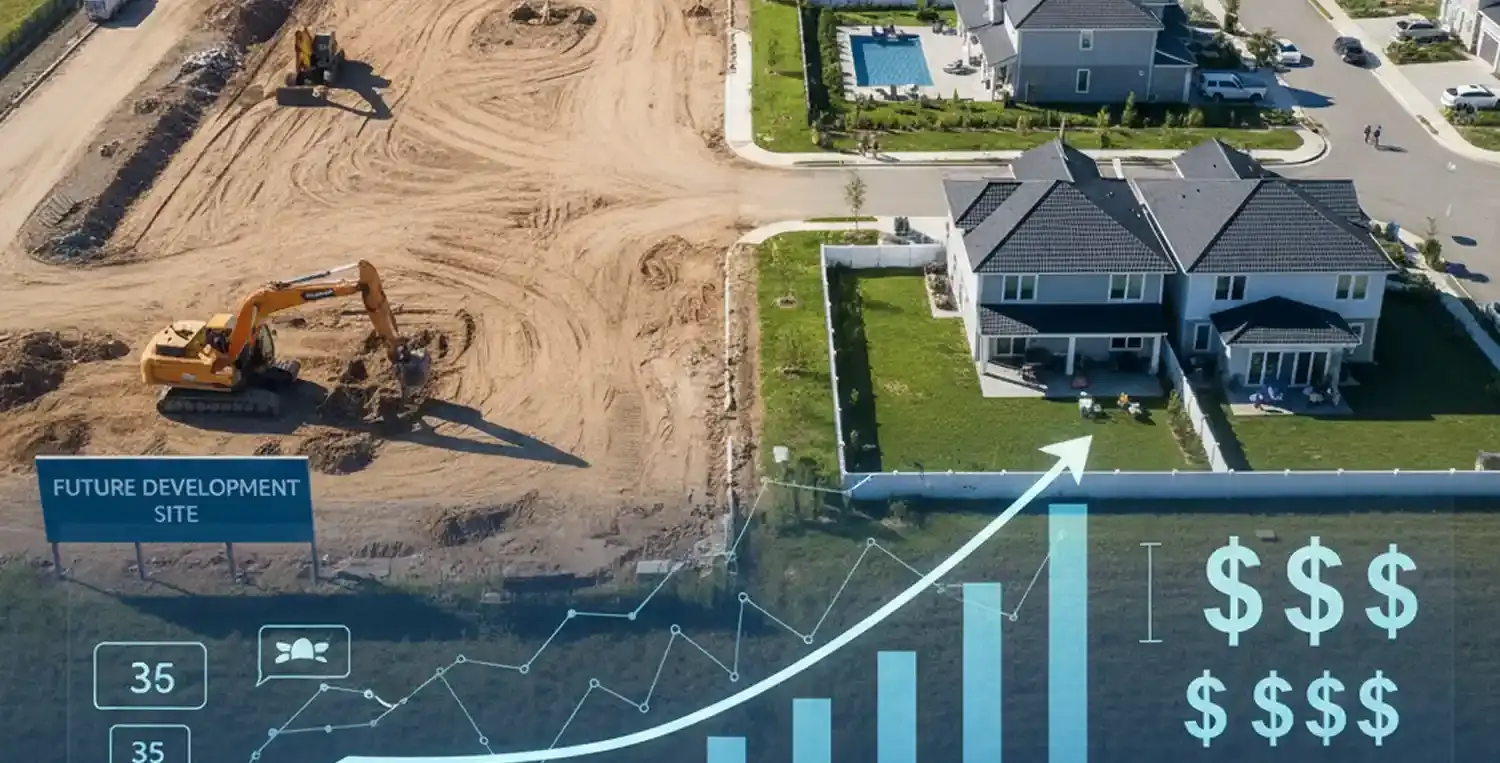
Property Developer Earnings in the US Market: A Comprehensive Overview

Real estate development in the US is one of the most lucrative, yet high-risk, industries. Developer earnings are not primarily derived from a fixed salary, but rather from the profits of projects they successfully execute. These profits depend on the type of real estate, the efficiency of cost management, and market conditions.
📈 Key Sources of Developer Income
Real estate developers earn money at each stage of the project cycle:
1. Sales and Leasing (The Final Turnover)
This is the main source of profit, realized in two ways:
Sale of finished property (Build-to-Sell): The developer profits from selling residential homes, apartments, or commercial spaces to end-users or investors at a price significantly higher than the aggregate costs.
Leasing and Long-Term Ownership (Build-to-Hold): The developer retains ownership (e.g., multifamily complexes, office buildings) and earns stable annual income from rent (Net Operating Income, NOI). In this case, profits can be reinvested or realized through refinancing.
2. The Development Fee
Especially in large projects where the developer works with institutional investors (funds), they often receive a fixed fee for managing the process (ranging from 5% to 10% of the total project cost). This covers their operational expenses and acts as guaranteed income, regardless of the final profit.
3. Equity and Profit Sharing
Developers often invest a portion of their own funds (equity) into the project. Their largest potential gain comes from a share of the final profit (known as "carried interest" or the "promote") after the investors have achieved their initial projected rate of return.
📊 Typical Profit Margins in the US
Profitability is measured as Gross Profit Margin (the difference between total revenue and construction costs) and Net Profit Margin (which accounts for all operational and financial expenses).
| Type of Development | Typical Gross Profit Margin | Net Profit Margin (Estimate) |
|---|---|---|
| Residential Real Estate | 15% – 30% | 8% – 20% |
| Commercial Real Estate | 20% – 30%+ | 10% – 20%+ |
| Luxury/High-End Real Estate | Can exceed 30% | Higher figures, but higher risk |
Note: These figures can vary significantly depending on the US region, project type, and cost efficiency.
🏗️ The Profit Formula: How Developers Create Value
Developers earn by creating value where none previously existed. Their goal is to maximize the project's End Value while minimizing the Total Cost.
Total Costs include:
Land Acquisition: Often 20%–50% of total costs in dense urban areas.
Hard Costs: The actual cost of materials and labor for construction.
Soft Costs: Permits, engineering and architectural services, legal fees, financing, and insurance.
Financing: Interest and fees on construction loans.
Key Levers for Success:
Strategic Buying: Purchasing land at a price below its potential value.
Construction Efficiency: Controlling timelines and budgets, as "time is money" in development.
Risk Management: Successfully navigating the zoning and permitting (entitlements) process.
👤 Individual Developer Compensation
In contrast to the profit earned by the development company from a project, the individual compensation (salary) of employees looks like this:
Average annual salary (Developer/Manager) in the US ranges from $85,000 to $110,000 USD.
Experienced/Senior Developers can earn over $135,000 USD per year, excluding bonuses.
Top executives and firm owners derive their primary income not from salary but from bonuses and profit sharing from successfully completed major projects, where their annual income can significantly exceed $200,000 USD.
🌟 Conclusion
A property developer's earnings in the US market are directly tied to their ability to effectively manage risk, time, and costs, transforming acquired land into a high-value, sought-after asset. This is a high-stakes industry where successful projects yield significant returns, and failures can lead to substantial losses.
News insight
 Nov 18, 2025
Nov 18, 2025
What Is a Build-to-Rent (BTR) Development?
Discover what a Build-to-Rent (BTR) development is. Learn about this growing real estate model, its...
 Nov 17, 2025
Nov 17, 2025
Build-to-Rent: Transforming America's Housing Landscape
Explore how the Build-to-Rent (BTR) model is transforming the US housing market. Learn why instituti...
 Nov 17, 2025
Nov 17, 2025
The Best Real Estate CRM Systems for Agents & Developers
Stop drowning in spreadsheets. Our ultimate guide compares the Top Global and Local CRM Solutions sp...
